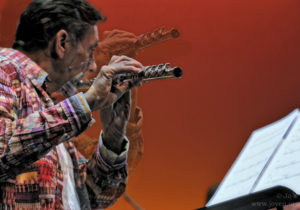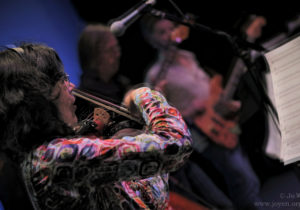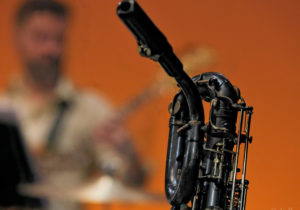‘How fast do we have to drive to go as fast as the music?’
Feature
Tim Rutherford-Johnson muses on the meaning and manipulation of speed as explored in a multi-faceted programme from Icebreaker.
Strictly speaking, velocity means more than just speed: it indicates rate of movement against a fixed frame of reference. Usually this is direction, although it needn’t always be. Something moving at a constant speed and in a constant direction (a bullet, say) has a constant velocity; something moving at a constant speed but in a changing direction (a cornerning racecar) has a changing velocity.
It is in this technical sense that Andriessen uses the term for the title of his De Snelheid: an experiment in musical speed within a changing frame of reference. The idea came to him when driving with friends in Italy. Music was playing loudly in the car – Prokofiev or Tchaikovsky, Andriessen recalls – and someone suddenly asked: how fast do we have to drive to go as fast as the music? This profound question prompted the realisation that musical speed, like velocity itself, could only be defined relative to another fixed parameter. The apparent ‘speed’ of a Tchaikovsky scherzo cannot be measured like that of a car.
The works in Icebreaker’s Time Unwrapped programme all touch on this question. In her Nautilus, Anna Meredith draws on the tension between skittering surface and glacial bass found in forms of electronic dance music such as dubstep or drum’n’bass. A rising, over-excited brass riff dominates the piece, but midway through is set into very different relief when it collides with a dramatically slower, but strident drumbeat. Which is the music’s true velocity, then? Slow within a fast frame, or fast within a slow one?
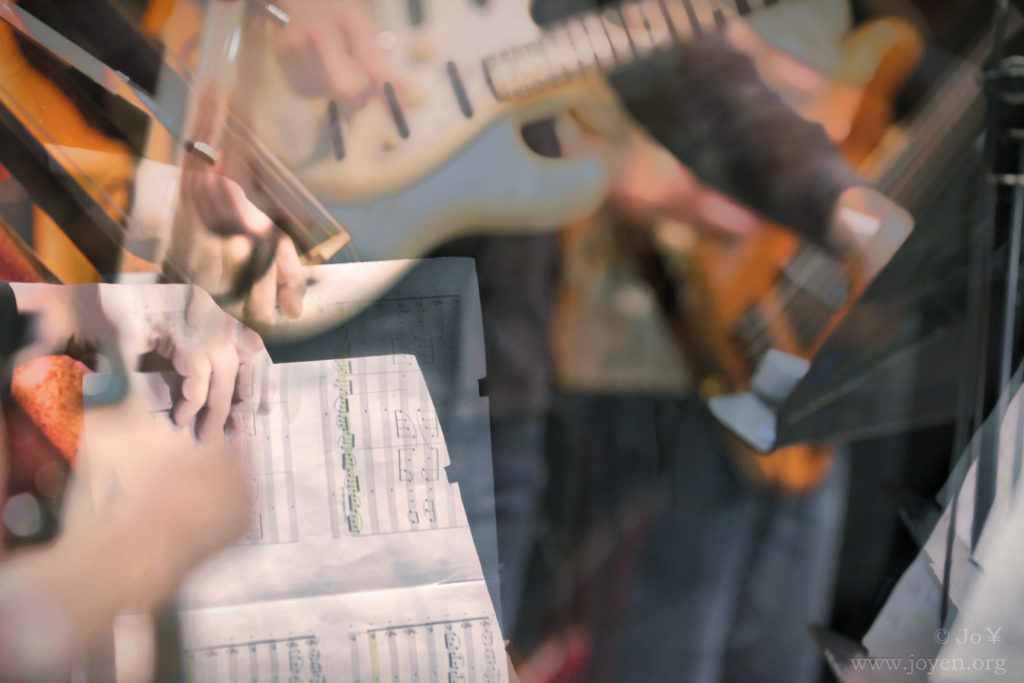
© Jo Higgs
Michael Gordon turns two layers of time into three. ‘I thought of Yo Shakespeare as three salsa bands playing simultaneously, at different but related speeds’, he has said. The thirteen instruments of the ensemble are split into three groups (they are too in De Snelheid). The group in the middle appears the simplest, sticking to a basic semiquaver pulse. But again context is everything as the groups either side play in relations of 3:2 or 3:4 against this pulse. The overall rhythmic groove sounds pretty steady but in fact slips around disorientingly whenever you focus on more than one layer at once. Regular is not as regular as it first seems.
Gordon’s rhythmic tableau is thoroughly deconstructed in Paul Whitty’s nature is a language – can’t you read?. One page at a time, the players work through Yo Shakespeare’s score, but with the catch that they must play the notes of each of their pages in order from highest to lowest. Timbre, note durations, dynamics and – because of the repetitive basis of Gordon’s piece – to a certain extent harmony all remain as before. Yet despite these similarities, everything also appears to have changed. Throwing another process into the mix, three musicians have mp3 players, loaded with field recordings. When a recording plays (they do not run constantly, and the three players are not precisely synchronised), that musician may stop and listen, or try to translate its sounds using their own instrument. When the recording stops, they return to the Gordon derivation music. Whitty’s music often toys with how much of the atmosphere and meaning of a musical source can survive processes of radical recomposition. Here, the question seems to be what ghosts remain of Gordon’s grooves when time has become so disordered.
David Lang, meanwhile, looks to the other end of the speed spectrum. How do we hear music slowed down so much that almost nothing happens? ‘Sometimes, as a composer, it’s tiring to know that everyone wants so many things all of the time’, he says of Slow Movement, and notes in another context that slow music may be bad for business but is good for contemplation. Music, he argues, should ‘allow for an experience that can’t happen in your everyday life.’ Over the course of Slow Movement’s 24 minutes, very little does indeed change, in general terms. And yet, like a thundercloud, the music is constantly different, forcing us to switch between close-up and wide-view listening, between different perceptions of time.
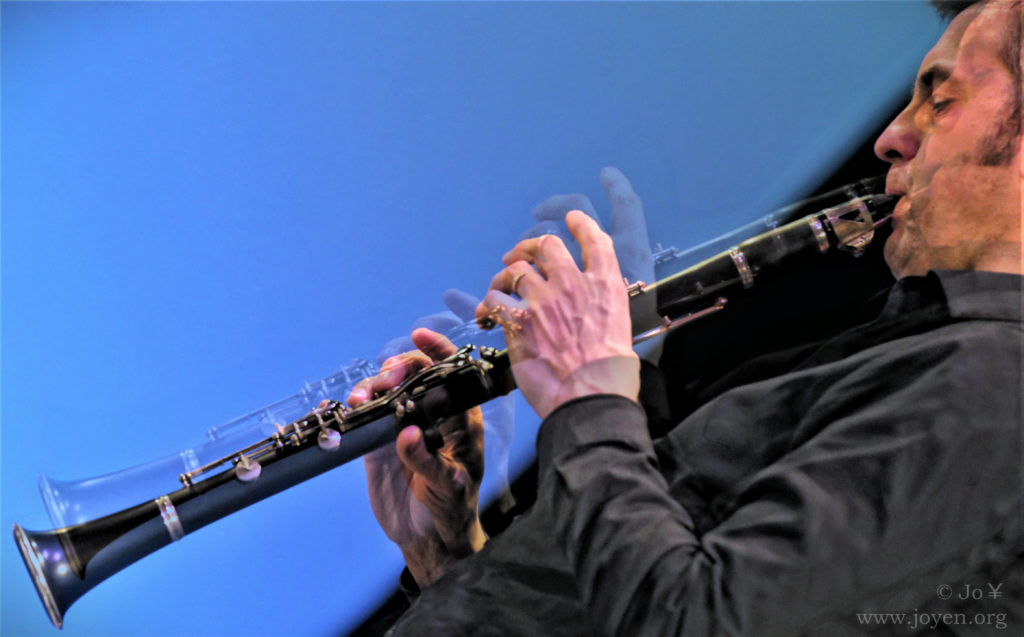
© Jo Higgs
Both Slow Movement and Yo Shakespeare were written for Icebreaker in the early 1990s: Gordon met the group’s founder James Poke at an Andriessen concert in 1989. The Dutch composer’s De Snelheid begins in a classically minimalist fashion, with a steady woodblock pulse, against which the rest of the ensemble play repeating motifs that gradually fill the musical space. (Among them a slow melody apparently inspired by cowboy films.) But there is a catch. Over time the two woodblocks get faster; four times as fast by the piece’s end. They succeed in dragging much of the ensemble with them, but a third percussionist, on bass drums and tom-toms, maintains their own unmoving pulse. Similarly, the speed at which the underlying chords change stays stubbornly slow. ‘In this piece’, Andriessen said in a 1998 lecture, ‘I wanted to explain that tempo is not defined by the speed of the pulse, as many composers think, but by harmonic rhythm.’ And, he added, ‘I am hopeful that this new view of harmony has implications for the future of music.’
In a final temporal meta-shift, this programme is being recorded and remixed by Recomposed in the foyer after the concert, so you will be able to hear
Paul Whitty’s deconstruction of Michael Gordon’s Yo Shakespeare re-imagined again…
